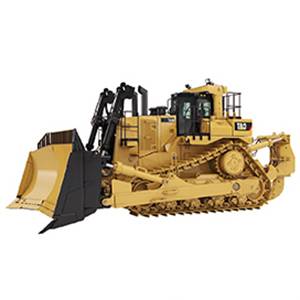Nën . 02, 2024 11:29 Back to list
wall framing materials
Understanding Wall Framing Materials
When it comes to constructing a building, one of the most crucial components is the wall framing. The integrity, durability, and efficiency of a structure heavily depend on the materials used for wall framing. Various materials are available, each with its unique advantages and challenges. In this article, we will explore the most common wall framing materials, focusing on their properties, benefits, and applications.
1. Wood Framing
Wood is one of the most traditional and widely used materials for wall framing. Its popularity can be attributed to its lightweight nature, ease of use, and excellent insulation properties. Wood framing typically involves the use of dimensional lumber, such as 2x4s or 2x6s, which are readily available and relatively inexpensive. One of the key advantages of wood framing is its ability to be easily modified on-site, allowing for flexibility in design. However, wood is also susceptible to moisture, pests, and fire, which can compromise its structural integrity. Proper treatment and maintenance are essential to enhance its longevity.
2. Steel Framing
Steel framing is increasingly gaining popularity, especially in commercial and high-rise residential buildings. Steel studs are known for their strength and durability, offering excellent resistance to fire and pests. Steel framing allows for longer spans between supports, which can create open and spacious floor plans. Furthermore, steel is inherently recyclable, making it an environmentally-friendly option. On the downside, steel can conduct temperature, leading to thermal bridging issues if not properly insulated.
wall framing materials

3. Concrete Masonry
Concrete masonry units (CMUs) are another prominent choice for wall framing, particularly in load-bearing walls. Concrete blocks provide exceptional strength, durability, and fire resistance. They are also excellent at soundproofing, making them suitable for buildings in noisy environments. Additionally, concrete can contribute to the thermal mass of a structure, helping to regulate indoor temperatures. However, the weight of concrete can make handling and transportation more challenging, and it may require additional labor and foundation support.
4. SIPs and ICFs
Structural insulated panels (SIPs) and insulated concrete forms (ICFs) are modern alternatives to traditional framing materials. SIPs consist of a layer of insulation sandwiched between two structural boards, offering superior energy efficiency and quick installation. ICFs are expanded polystyrene blocks that form a solid wall structure filled with concrete, providing excellent insulation and strength. Both SIPs and ICFs contribute to reduced energy consumption and lower utility costs, making them attractive options for eco-conscious builders.
Conclusion
Ultimately, the choice of wall framing material depends on factors such as budget, structural requirements, climate, and personal preference. Each material comes with its own set of advantages and considerations that must be weighed carefully. By understanding the properties and benefits of each, builders and homeowners can make informed decisions that lead to successful construction projects and long-lasting structures.
-
High-Quality Fe-C Alloy Leading Manufacturers & Spherical Alloy Materials Supplier
NewsJun.10,2025
-
Premium Low Nitrogen Recarburiser Supplier & Manufacturer – High Quality Exporters
NewsJun.10,2025
-
DT4 High-Quality Magnetic Materials Leading DT4 Manufacturer & Supplier
NewsJun.10,2025
-
High-Performance Spring Steel Suppliers Custom Solutions
NewsJun.10,2025
-
Premium SWRCH6A Manufacturer Steel Wire Supplier & Factory
NewsJun.10,2025
-
Premium Mild Steel Wire Rod Supplier & Manufacturer
NewsJun.10,2025
